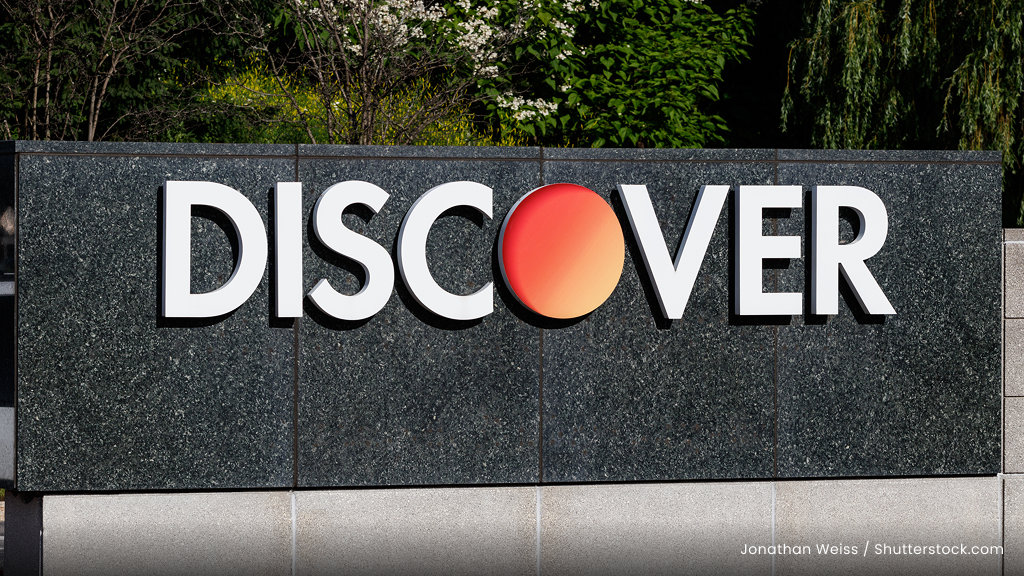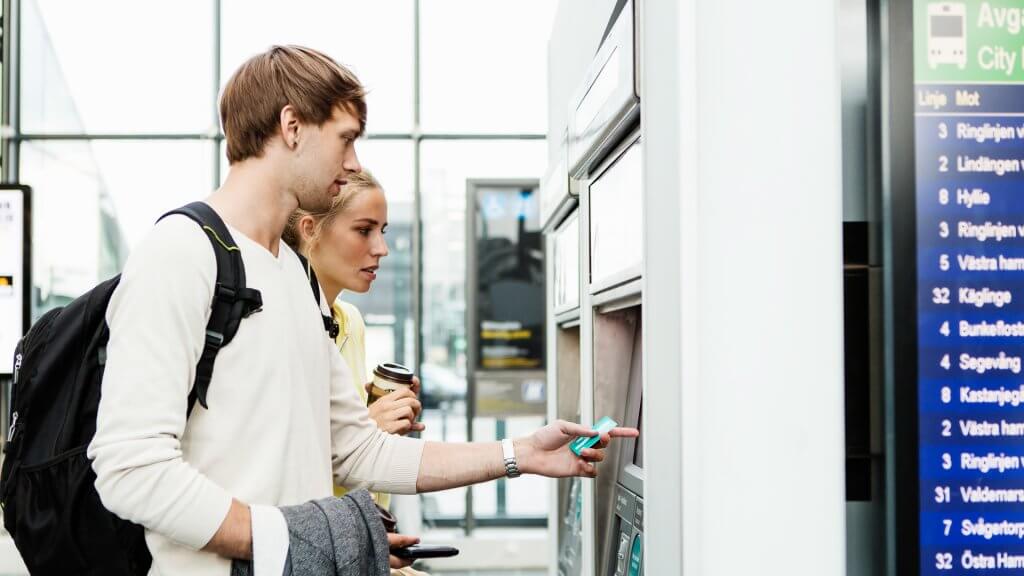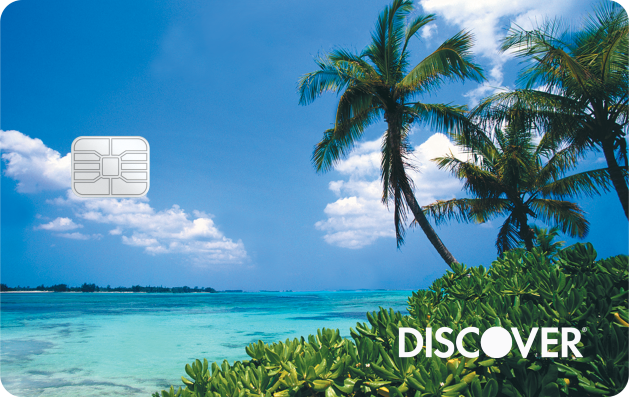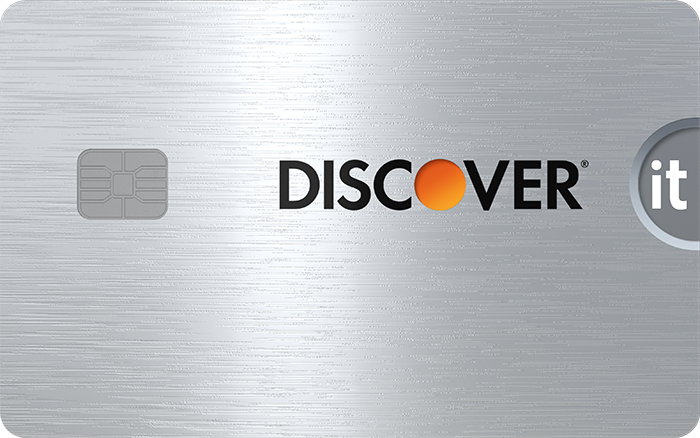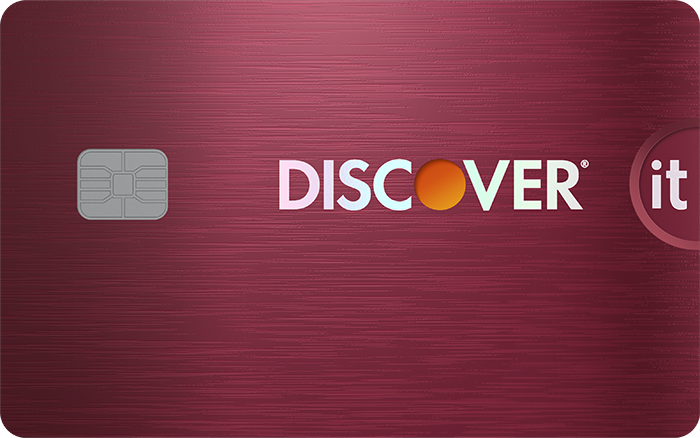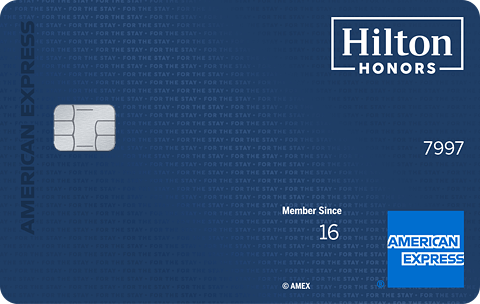6 Discover Miles Benefits You Didn’t Know About

The Discover it® Miles card isn’t trying to compete with premium travel cards packed with fancy perks. It’s more focused on straightforward rewards and basic benefits that work for regular people.
Cardholders earn 1.5 miles per dollar on everything they buy, and there’s no annual fee. While it won’t revolutionize your travel experience, it offers solid benefits that many cardholders overlook.
Here are six features of the Discover it Miles that add more value than you might think.
1. First Year Unlimited Miles Match
The standout feature of the Discover it Miles is the Miles Match™ program: Discover matches every mile you earn at the end of your first year. So if you rack up 35,000 miles, you’ll end up with 70,000 miles total. That’s like getting 3% cash back on everything during your first year.
I put all my regular spending on this card during my first year and earned around 38,000 miles. On my anniversary, Discover just dropped another 38,000 miles into my account. Since Discover miles are worth 1 cent each when you cash them out or use them for travel, I basically got $760 in travel credits just from my normal spending.
It doesn’t matter if you spend $500 or $50,000 in that first year; every mile gets matched. For anyone watching their budget, this makes the Discover it Miles one of the best first-year cards you can get.
2. Introductory 0% APR
The Discover it Miles offers 0% Intro APR on purchases and on balance transfers for 15 months, then 18.24% - 27.24% Variable APR, which is a rare feature among travel credit cards. Most travel cards focus purely on rewards and skip interest rate benefits entirely.
This can be a lifesaver when unexpected stuff comes up, like when your AC dies in July or you need to book a last-minute flight for a family emergency. You can spread those payments out over several months without paying interest. They’ve also got a deal on balance transfer fees — 3% intro balance transfer fee, up to 5% fee on future balance transfers (see terms)*. Just make sure you pay it off before that promotional period ends to avoid paying interest at the standard APR.
3. No Foreign Transaction Fees
The Discover it Miles doesn’t charge foreign transaction fees, which can be helpful for overseas trips.
On my last trip to Europe, I kept track of everything I spent — meals, trains, shopping, random stuff — and it came to about $2,400. Had I been using a card with a typical 3% foreign transaction fee, I would have paid an extra $72 in fees. I’d much rather use that on a few more Aperol Spritzes!
The catch is making sure places actually take Discover, which can be hit-or-miss internationally compared to Visa or Mastercard. It’s worth keeping in mind if you’re planning to travel somewhere more remote.
4. Free FICO Credit Score Monitoring
Discover provides free access to your FICO credit score updated monthly, available through your online account or mobile app. This isn’t just a basic credit score — it’s the actual FICO score that many lenders use for credit decisions.
As someone who regularly helps friends navigate their credit profiles, I’ve seen firsthand how valuable regular FICO monitoring can be. The monthly updates help you keep tabs on your credit health and catch potential problems before they become major headaches. The app also gives you personalized tips about what’s affecting your score.
5. Freeze It Security Feature
Discover’s Freeze It℠ feature lets you instantly freeze and unfreeze your Discover it Miles through the mobile app or website. This goes beyond typical fraud protection by giving you total control over when your card works.
Picture this: You’re back at your hotel in Barcelona after a long day, and you realize your wallet’s missing. You can hop on the app and freeze your card instantly. If you find it later (shoved in some random pocket of your backpack), you can unfreeze it just as easily. The whole process takes maybe 10 seconds and can give you peace of mind.
Discover also covers you with $0 fraud liability and online privacy protection, giving you multiple layers of security.
6. Flexible Redemption Options With Consistent Value
Your Discover miles are worth the same whether you cash them out or use them for travel statement credits — 1,000 miles equals $10. No confusing charts, no blackout dates and your miles don’t expire as long as you keep your account open, so there’s no rush to use them.
The travel statement credit option works retroactively, so you can make a travel purchase, then apply your miles as a credit afterward. This is nice because you’re not stuck booking through a specific portal, so you can shop around for the best deals wherever you want.
Frequently Asked Questions About Discover Miles Benefits
How does the Discover Miles Match program work?
Discover automatically matches all miles earned during your first year, with no registration or minimum spending requirement. You’ll receive the match on your cardmember anniversary.
What purchases count as travel for statement credit redemptions?
Eligible travel purchases include hotels, rental cars, rideshares, gas stations, restaurants and more. The definition is broad and covers most travel-related expenses.
Does the Discover it Miles card work internationally despite limited Discover acceptance?
Yes, the Discover it Miles works outside the US, though acceptance varies by location. Discover is accepted at 99% of places that take credit cards nationwide, but international acceptance is more limited than Visa or Mastercard.
Are there any other Discover it Miles fees I should know about?
The Discover it Miles waives your first late payment fee, and there are no annual fees or foreign transaction fees. Standard fees apply for cash advances and returned payments.
How does the Discover it Miless compare to other no-annual-fee travel cards?
The Miles Match™ program makes the Discover it Miles exceptionally competitive with other no-annual-fee travel credit cards in the first year, while the consistent 1.5x rate and flexible redemptions provide long-term value. However, travel rewards cards with rotating categories or higher travel earning rates might suit some spending patterns better.




